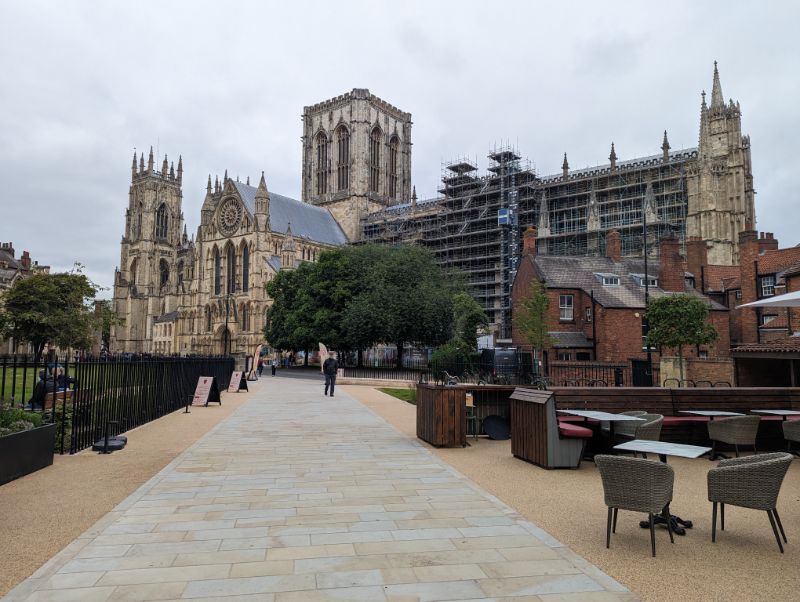Exploring York through a screen might sound like a strange idea at first, especially for a place known for its ancient streets and old-world character. But the city has slowly carved out a digital space where people can see and learn about it in a way that feels both personal and current.
There’s a growing effort to bring parts of York online in ways that feel true to the place, while still being easy to access from anywhere. It gives people a way to connect with the city on their own time and terms.
Virtual Tours: Bringing York’s History to Your Screen
It’s no secret that York’s past is one of its biggest draws. The difference now is how people are able to see it. Over the past few years, more historical sites around the city have started offering virtual tours that let anyone take a closer look, no matter where they are.
Places like York Minster have opened up their spaces online, giving people a chance to explore areas like the nave with just a few clicks. These kinds of digital tours make it easier for more people to learn about York’s history. They’ve become especially helpful for those who can’t easily travel, and they offer a new way to connect with the city’s stories.
Instead of sticking to a textbook or a documentary, people can now explore spaces in a more hands-on way. They’re able to see details and angles that used to only be possible by being there in person. It’s another way York is opening itself up, using simple tools to keep its past available to anyone.
Unexpected Digital Discoveries
There’s more to York’s online presence than just museum tours and historical walkthroughs. Tucked between the more obvious options are digital features that bring out some of the city’s personality in surprising ways. Several local creators have built interactive games and quizzes based on York’s folklore, street names, and old legends.
One popular example is the rise of virtual ghost walks, where users can follow spooky trails tied to the city’s darker stories. They are interactive, designed to mimic the feel of walking through old alleys while hearing tales of strange events. What’s interesting is that these digital platforms don’t just cater to people looking to learn about York.
They also give some insight into what kinds of entertainment locals tend to gravitate toward. In recent years, there’s been more attention on how people in York spend time online, especially during evenings and weekends. A clear trend has been the rise of online casino games, with online slots standing out as a particularly common choice.This growing interest reflects how the city, while rooted in its long history, continues to adopt modern habits in quiet, everyday ways.
Planning Future Visits with Digital Tools
Planning a trip to York has become a lot easier thanks to a growing number of digital tools made for visitors. But these aren’t just simple travel listings or event calendars. Many of the platforms that focus on York now provide up-to-date guides, insider tips, and even personal suggestions based on what people are interested in.
The Visit York website, for example, gives background stories, walking routes, and even highlights seasonal features that people might otherwise miss. What makes these tools more useful is how specific they can get. Someone interested in history can find detailed suggestions on which exhibits to visit first, or which walking tour follows the Roman walls.
Others might want to know where the quieter cafes are near the Shambles or which art galleries are open on weekdays. These tools help people figure out what fits their style, instead of offering the same checklist to everyone. It’s less about ticking off big attractions and more about building a plan that actually fits what someone wants to see.
Embracing the Digital Evolution
York has found a way to move forward without letting go of where it came from. As more parts of the city become available online, from historic sites to local events, it’s clear that this shift isn’t about replacing the real thing. It’s about offering another way in. The digital options give people a chance to learn, explore and plan on their own terms.
This approach makes the city feel more open and more flexible. It’s still the same place built on centuries of history, but it now has more ways to be seen and understood. People who might not have been able to walk the streets in person can still take part in what York has to offer.





